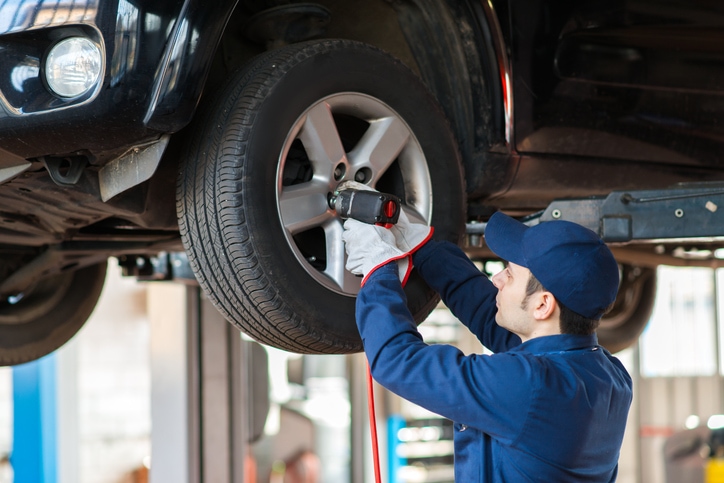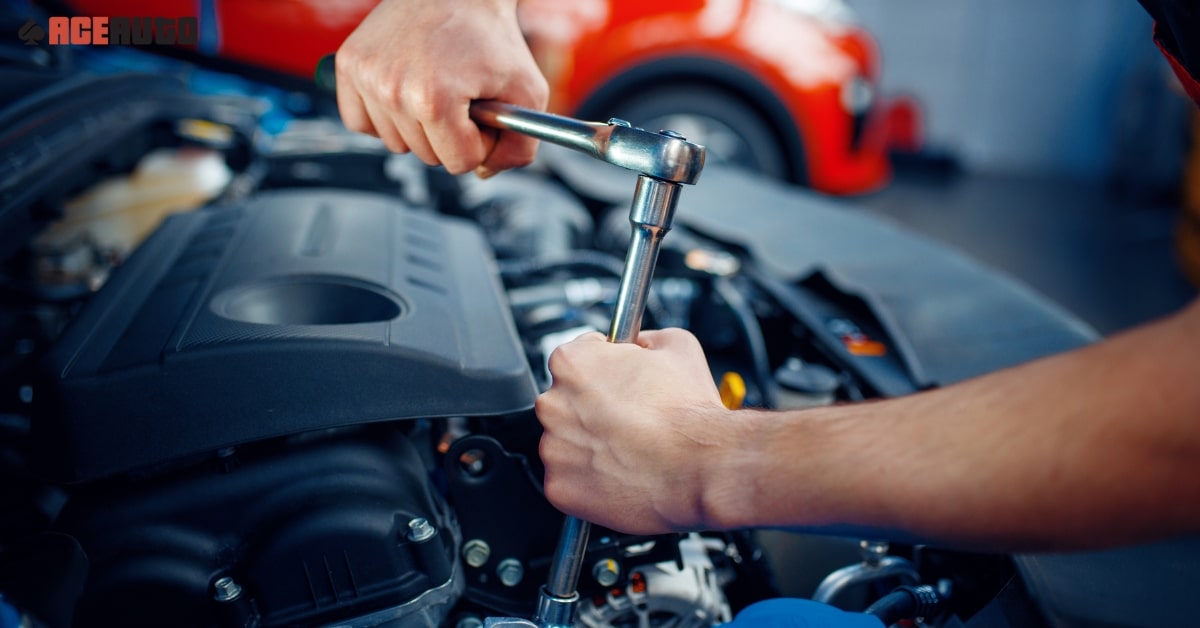All Categories
Featured

When it comes to automobile repair services or upgrades, among one of the most essential decisions you'll face is whether to choose Original Equipment Maker (OEM) components or aftermarket components. Both alternatives use distinct advantages and drawbacks, so recognizing the distinctions in between them is crucial for making a notified decision. In this post, we'll check out the benefits and constraints of OEM and aftermarket parts to assist you make a decision which is finest matched for your automobile.
What Are OEM Components? OEM components are produced by the exact same supplier that made the original parts in your vehicle. These components are designed to fulfill the specific specs of your auto, guaranteeing they are a precise fit and supply the very same performance as the parts that came with the lorry when it was very first developed. OEM parts are commonly taken into consideration the "manufacturing facility requirement" since they come directly from the auto's producer or a qualified vendor.

One of the major benefits of making use of OEM components is their guaranteed quality. Considering that these components are made to the same criteria as the originals, they generally give an excellent fit and reputable efficiency. In addition, several OEM parts include a guarantee, providing you peace of mind that you'll be secured in case of issues.
What Are Aftermarket Components? Aftermarket parts are made by third-party makers that are not affiliated with your lorry's original maker. These parts are developed to fit a wide array of lorries and are usually more economical than OEM components. Aftermarket parts can be utilized for routine fixings or upgrades, and they often provide a wider variety of options contrasted to OEM components.

The main charm of aftermarket parts is their cost. They are generally valued lower than OEM components since they are generated by independent producers. In addition, aftermarket components may supply much better performance or added attributes not offered in OEM options. Aftermarket exhaust systems, brake pads, and suspension parts commonly use renovations in efficiency or looks that might not be discovered in OEM parts.
Advantages of OEM Components. Accuracy and Compatibility: OEM parts are made particularly for your lorry's make and design, ensuring they fit perfectly and carry out to the precise specifications called for. Guarantee Coverage: Lots of OEM components feature guarantees, supplying insurance coverage in situation of issues or premature failure. High quality Assurance: Because OEM components are made by the initial supplier, they are subjected to the exact same rigorous quality control requirements as the parts installed in your vehicle when it was initial built. Resale Value: If you intend to offer your automobile, having OEM parts can aid keep its resale value, as possible buyers might be a lot more thinking about a lorry that has actually been fixed with original elements. Benefits of Aftermarket Parts. Cost Savings: Aftermarket parts are normally cheaper than OEM components, which can be a significant advantage if you get on a budget or desire to conserve money on repairs. Selection and Modification: Aftermarket parts provide a bigger selection of alternatives, including performance upgrades and aesthetic improvements. If you desire to enhance horse power or boost your auto's appearance, aftermarket options can supply special solutions. Accessibility: Aftermarket components are usually simpler to locate than OEM parts, particularly for older vehicles that might no more have readily available OEM elements. Performance Improvements: Some aftermarket parts are made with performance in mind, such as high-performance brakes, air filters, or exhaust systems. These parts can boost your vehicle's total efficiency and driving experience. Disadvantages of OEM Components. Higher Cost: One of the most considerable downside to OEM components is their expense. They are usually more pricey than aftermarket alternatives, which can build up swiftly if your automobile needs numerous repair services. Minimal Customization: OEM parts are designed to restore your vehicle to its initial specifications, meaning they may not supply the very same series of modification options as aftermarket components. Schedule Concerns: Depending on the age of your lorry, specific OEM parts may be tougher to locate or discontinued, making repairs extra hard. Drawbacks of Aftermarket Components. Inconsistent Top quality: While many aftermarket parts are of premium quality, others might be improperly made or do not have the sturdiness of OEM components. It is essential to look into the manufacturer and read testimonials to make certain the high quality of the component you're thinking about. Fitment Problems: Aftermarket components are made to fit a vast array of lorries, yet they might not constantly use the perfect fit that OEM parts assure. This can lead to installment issues or suboptimal performance. No Surefire Service warranty: While some aftermarket components come with service warranties, they might not be long-lasting or as detailed as those provided by OEM components. Sometimes, making use of aftermarket components might also influence your vehicle's guarantee coverage if it's still active. Exactly how to Determine In Between OEM and Aftermarket Components. The choice between OEM and aftermarket parts eventually relies on your certain requirements, choices, and budget. Right here are a couple of considerations to help guide your choice:
Spending plan: If saving cash is a priority, aftermarket parts are generally the extra budget friendly choice. However, realize that cheaper components may not last as long as OEM components, which could lead to greater prices later on. Lorry Age and Condition: For more recent cars, specifically those under warranty, it's often a great idea to choose OEM components to preserve the car's integrity and protect its resale value. For older cars, aftermarket components might be more practical, particularly if the lorry is no much longer under service warranty or if you're trying to expand its life expectancy with economical remedies. Repair Kind: Particular important repair work, specifically those associated to security (brakes, air bags, etc), are best taken care of with OEM parts to ensure the highest possible degree of safety and efficiency. For non-essential fixings or modifications, aftermarket components can use an exceptional equilibrium of high quality and price. Performance and Personalization: If you're searching for efficiency upgrades or distinct modification choices, aftermarket parts might be the finest selection. Many aftermarket suppliers layout components especially for enhancing your auto's capabilities, whether it's for much better performance or visual appeals. Verdict. Both OEM and aftermarket components have their cons and pros, and the very best selection depends upon your details needs and top priorities. OEM components are optimal for maintaining the initial quality and efficiency of your lorry, while aftermarket components offer cost financial savings, modification alternatives, and a broader variety of alternatives. Carefully evaluate your car's problem, the kind of repair service needed, and your budget to make the finest decision for your car and your budget. Despite which alternative you pick, it's constantly important to talk to a relied on technician who can offer guidance and guarantee the fixing is done appropriately.
Latest Posts
Be in the Know with Canyon Crest’s List of Events
Published Jan 10, 25
1 min read
Safety Tips for Operating Your Overhead Garage Door
Published Jan 10, 25
2 min read
Discoloring vs. Painting Your Wood Fence: Which Is Much better?
Published Jan 10, 25
0 min read